|
I first saw the Dixit cards when I was in Taiwan years ago, but I didn't connect with them until recently (when the game was on sale at Amazon!) Dixit is a board game that (loosely) plays like Apples to Apples (if you know that one). The game is pretty cool, but I'm all about the cards.
(The picture to the right is the most recent box cover design for the board game.)
|
All the best to you out there! Have FUN!
Chris Cavert, Ed.D.
P.S. If you search around for Dixit, you will also find out there are a number of expansion packs available as well. You could end up with 100s of choices - maybe there would be themes to put together as a set or maybe emotions that are apparent in the cards that could be explored. Keep me posted!!

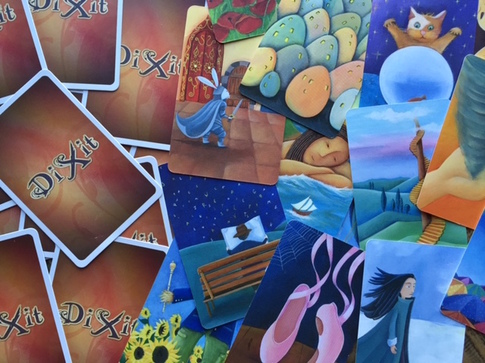
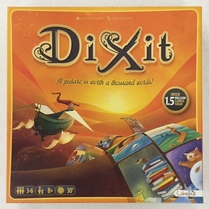
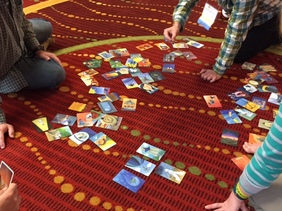
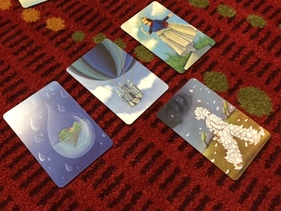
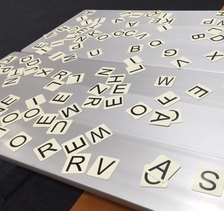
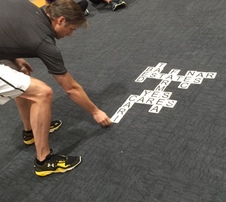
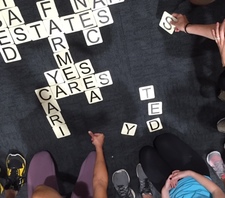

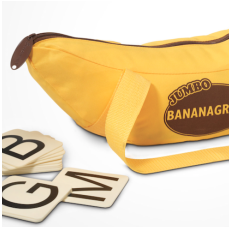
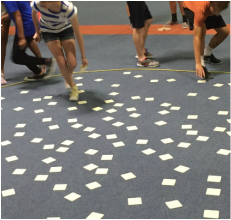
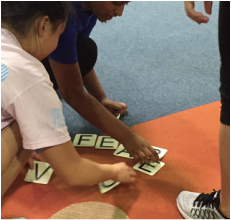
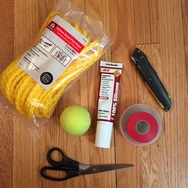
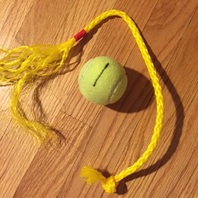
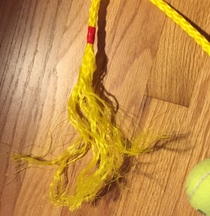
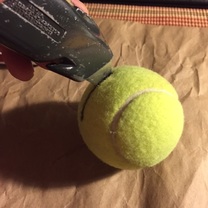
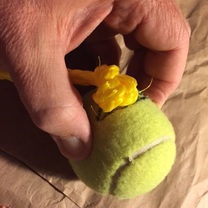
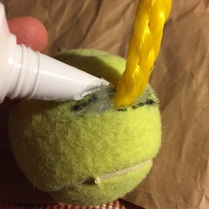
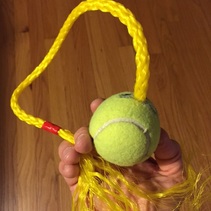
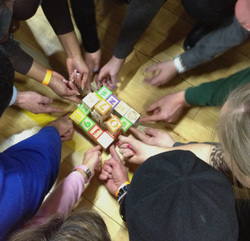
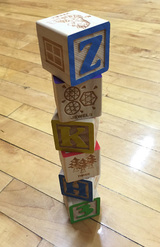
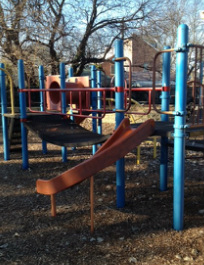
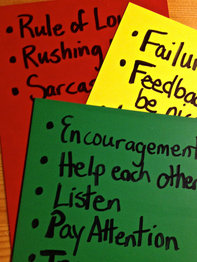
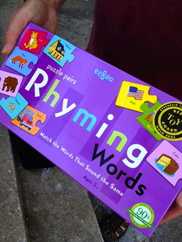
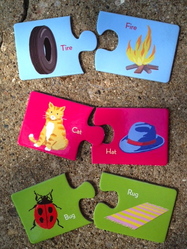
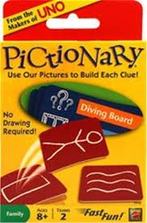





 RSS Feed
RSS Feed